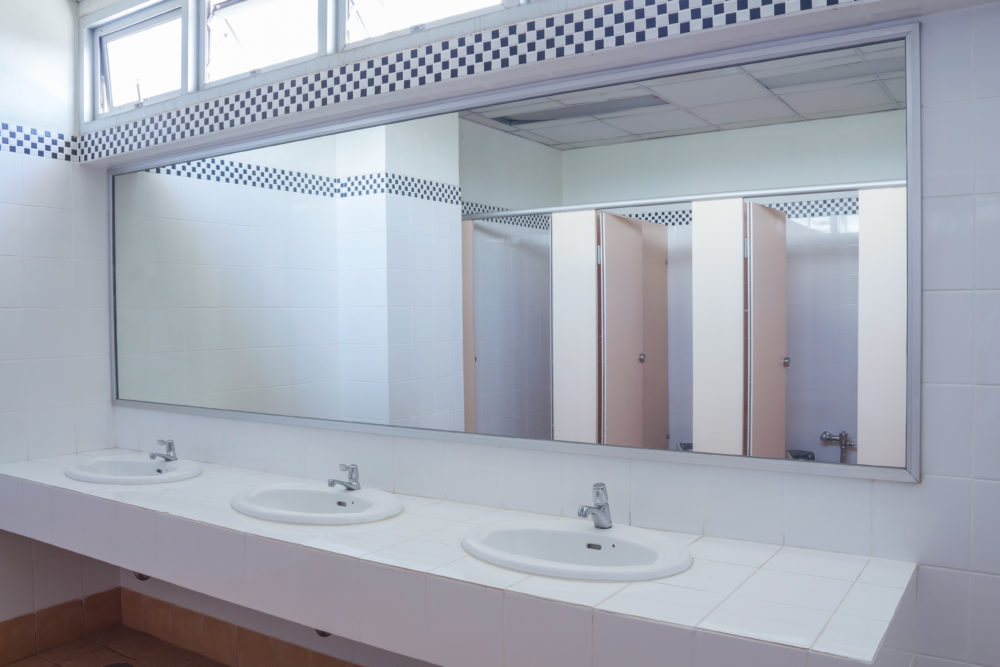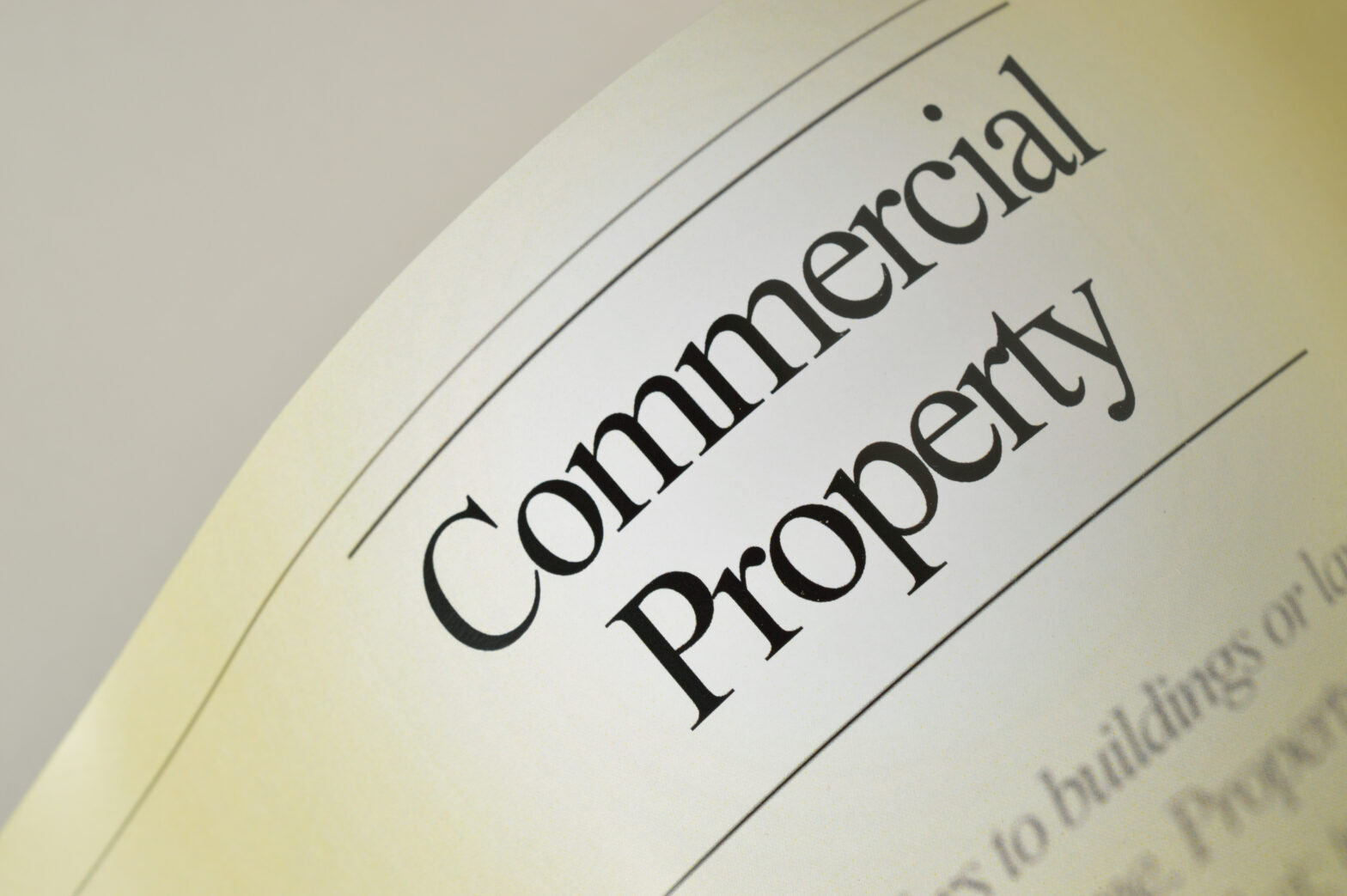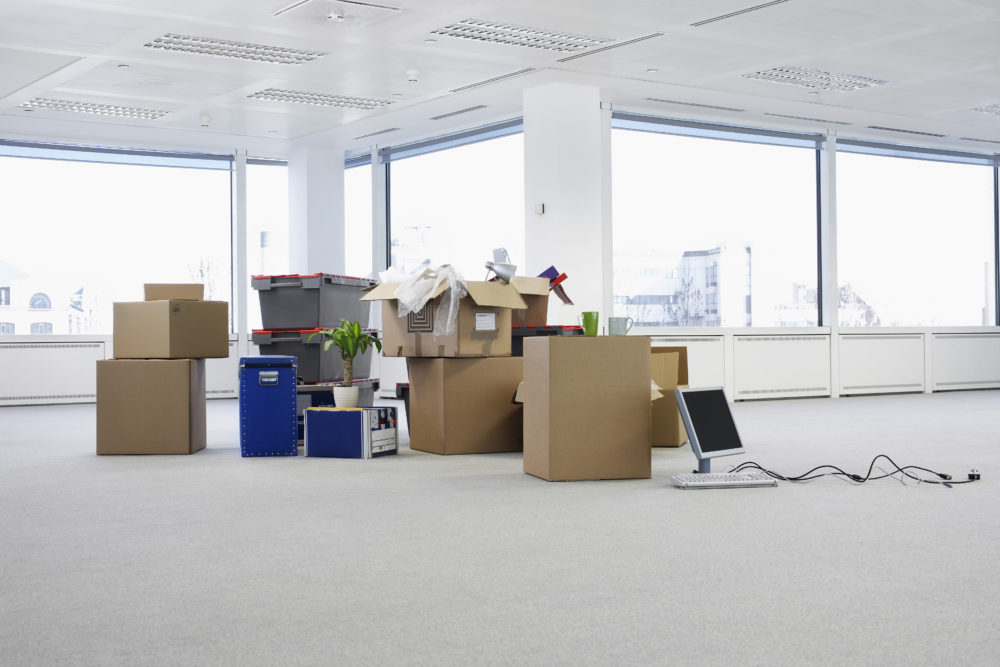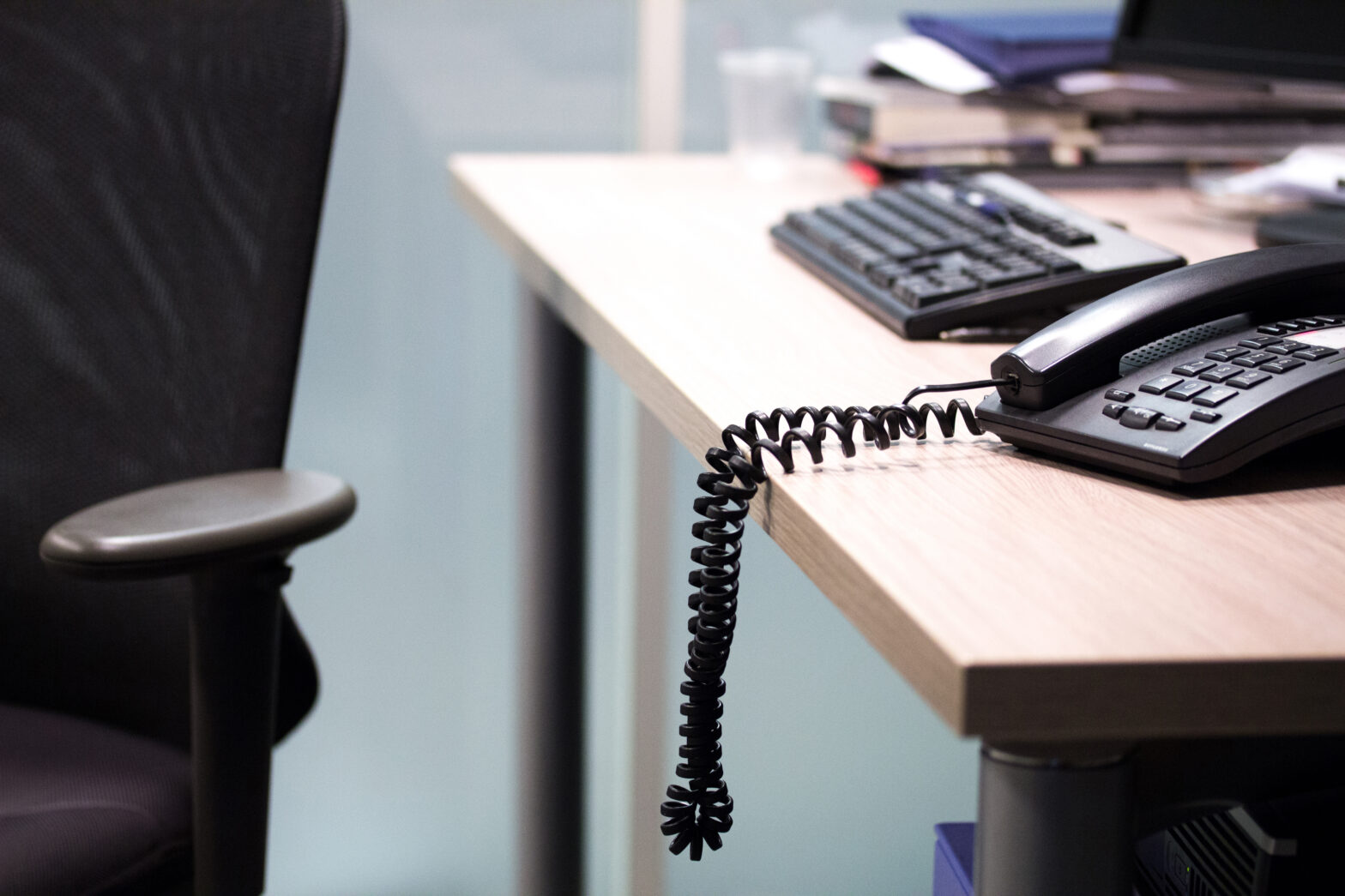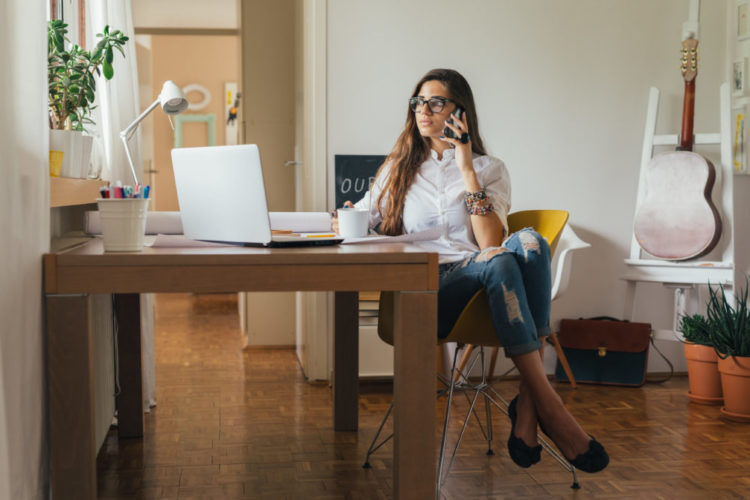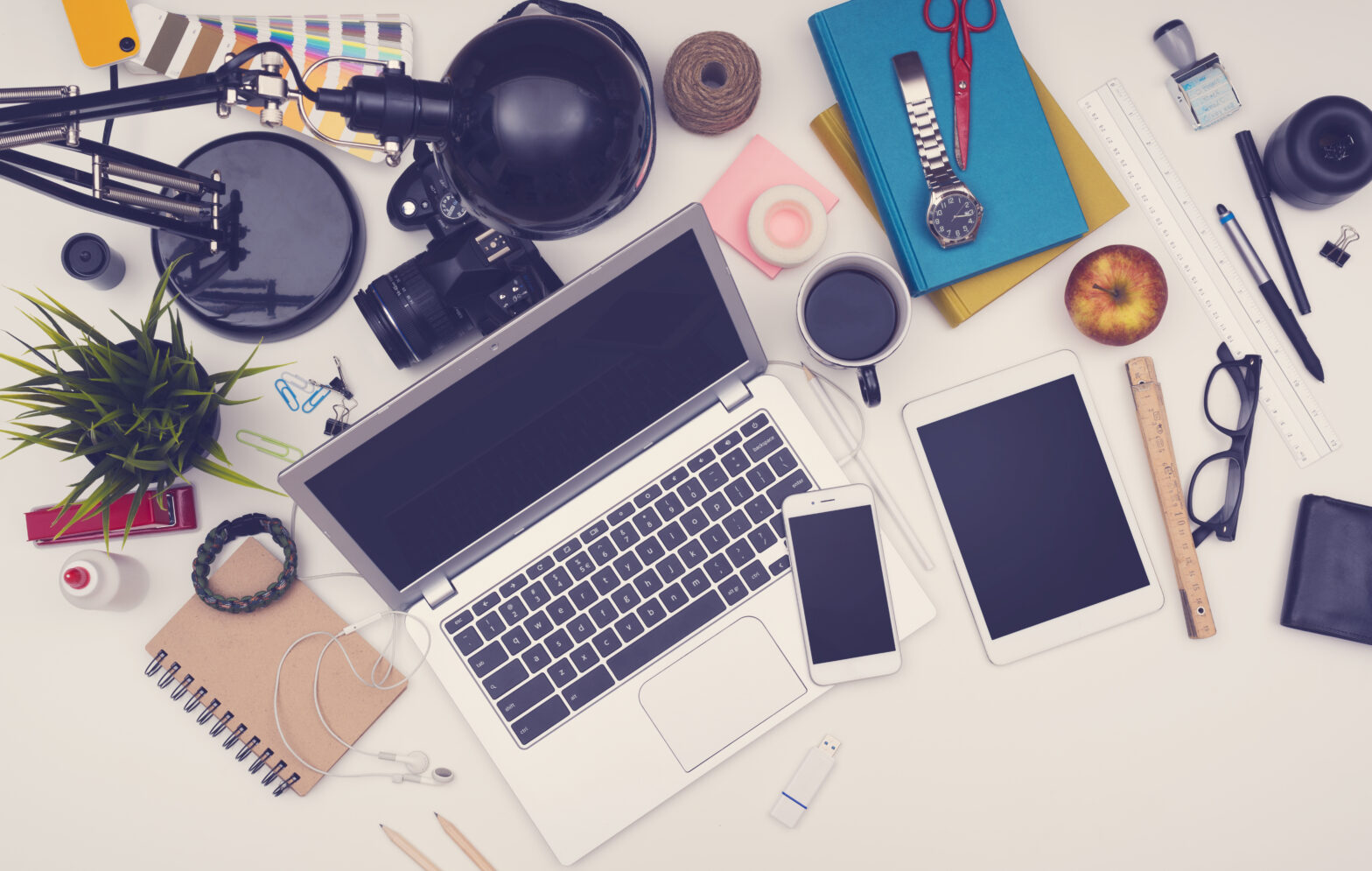When you think about essential office facilities, aspects like comfortable desks probably come to mind first. Others like your toilets are easy to overlook, even though they are important too.
Providing good toilet facilities is one way to show you care about the welfare of your employees. If you have guests at your office you’ll create the right impression with them too.
Cover the basics
As a minimum, your toilets should comply with the Workplace (Health, Safety and Welfare) Regulations,1992. This means they should have:
- Adequate ventilation
- Good lighting
- Hot and cold water as well as soap for washing hands
- Hand drying facilities
- Separate facilities for men and women, or a lock on the door
- Clean and tidy facilities and surroundings
The regulations also spell out how many toilets you need, depending on how many people work at the premises.
- one-five people – one toilet
- six-25 people – two toilets
- 26-50 people – three toilets
- 51-75 people – four toilets
- 76-100 people – five toilets
Covering such basics will help make sure your employees are comfortable using your toilets which is important for their health and wellbeing. Poor toilet facilities can put people off using them which could lead to health problems or digestive issues.
Provide disabled access
Your toilets should also be suitable for people of all abilities. The Equality Act 2010 states that employers should remove barriers people face because of their disability. It makes it clear that it is an employer’s duty to address the physical environment to accommodate anyone with disabilities.
When it comes to toilet facilities, this can include making adjustments such as widening doorways to allow a wheelchair to pass through easily, ensuring floors are non-slip, using suitable colour contrast to help with visual impairments and avoiding lights on a timer.
There are also numerous ways you can create toilets that are accessible for people with mobility issues. For example, you can get a toilet that tilts forward slightly to help people with standing up. Arm rests can also help people stand up safely. You can also install toilets that can be lowered or raised for comfort.
Make your toilets environmentally friendly
Another aspect worth considering is how environmentally friendly your toilets are.
Many businesses now recognise the importance of being environmentally conscious, not just because it is the responsible thing to do but because it also makes financial sense. You can save money on utility bills by using less water and electricity for example.
Toilets are therefore an important part of making your office environmentally friendly. They are estimated to account for up to 90 per cent of water use in offices. Since 2001, all toilets installed in the UK are required to have a maximum flush volume of six litres.
Installing features like a low flow toilet or a dual flush will make your toilets more water efficient. Motion sensor taps can also help minimise the amount of water that’s wasted.
Something extra
Rather than simply meeting the minimum requirements, paying attention to additional details can help make a mundane part of your office a little more pleasant.
Providing good quality toilet paper, a mirror and hooks are all worthwhile additions, as are extras like feminine supplies and air-purifying spray, which will make the facilities more convenient.
Just because it is a toilet, it doesn’t mean you can’t decorate it well too. Simple additions like plants and art will show you have not neglected the space.
The takeaway message
Everyone wants to work in an office space they can be proud of so don’t let your toilets be a let-down. Paying attention to details will help create a more professional impression and show you care about your employees.
Simon Grant is senior bathroom surveyor and designer at More Ability.
